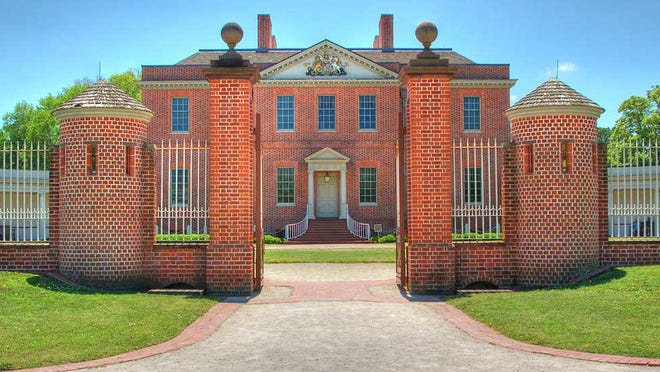October 19 history blog post: One of a series of short essays to provide the cultural, political and geographical context for the 1766 travelers.

Colonial North Carolina was governed by a royal governor, who was appointed by the British monarch. William Tryon served as royal governor from 1764 to 1771, and he later served as royal governor of New York. Tryon determined that New Bern should be the capital of North Carolina and commissioned a building to serve as the seat of government and as the governor’s residence. That building came to be known as Tryon’s Palace (now Tryon Palace). To raise money for its construction, North Carolina residents were assessed a tax, which added to the grievances raised by the Regulators, colonists who rebelled against abuses by royal administrators in North Carolina. The selection of New Bern also inflamed residents of the “backcountry” in Western North Carolina, who preferred to have the seat of government in a more central location.
The royal governor and the colonial assembly controlled all levels of North Carolina government, including appointing local sheriffs, judges and tax collectors. The colonial assembly consisted of an Upper House, appointed by the Crown, and a lower house, elected by freeholders. However, all the candidates were selected by the local officials who had been selected by the royal governor.
Virginia S. Hart A’75
Resources:
Randell Jones, “A Better Regulation”
John Spencer Bassett, “The Regulators of North Carolina”
